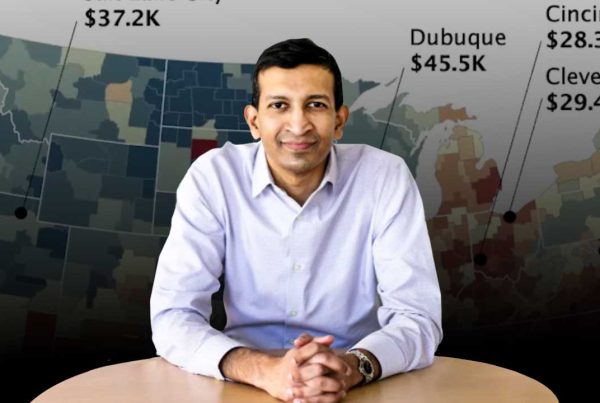Queer Theories for the Clinical Setting
by Erin Houchin
CTS MACMHC Student, CMHC Intern
I have struggled to decide what to include in a short piece that addresses a clinical point of view for working with the LGBTQIA+ community in the face of the legislation sweeping across the country. Do I take the opportunity for a 101 on gender and sexuality? Or discuss the potential deadly and dehumanizing impact of the laws? I’ll leave that to you and Google; plenty of information can be found. Perhaps I share about my own experience as a queer person working with LGBTQIA+ clients and what it’s like to share space when we both feel the same oppressive terror and anxiety? That feels closer to what I want to convey, but in the words of Toni Morrison, “There is no time for despair, no place for self-pity, no need for silence, no room for fear. We speak, we write, we do language. That is how civilizations heal.” (Morrison, 2015) In that spirit, I will share a few theories that I have found beneficial as a therapy intern with all of my clients, specifically those in the LGBTQIA+ community.
The first is applying queer theory in the clinical setting. Rowland and Cornell (2021) define queer theory as a poststructuralist “umbrella term for a broad collective of competing and complementary ideas, all of which concern themselves with destabilizing the discourses that hold privileged norms in place.” Queer theory can be applied as a way of investigating the intersections of our identities—for our marginalized parts, but importantly for when our ‘normalcy’ is unacknowledged or unchecked. It helps bring to light what society accepts as typical without understanding the implications on anyone whose identity may deviate.
Let’s use gender as an example. Dear reader, what is your gender? If you are cis and have lived a life that is consistent with the sex you were assigned at birth, let me ask another question. How do you know you are female or male? In considering your answer, please omit any reference to your genitals or social conditioning. Can you name the felt sense of congruence and regulation that lives within you? Could it be that due to feeling ‘normal’ the experience of gender is taken for granted? This may stir some feelings of discomfort or confusion; how do you name the felt sense of your gender? Yet this is what is expected of gender nonconforming folks who are seeking to understand themselves and to get access affirming care. Therapist and author S.J. Langer (2019) offers an in-depth discussion of the multifaceted composition of gender: certain aspects like the shape of the body and mannerisms are observable, but the internal, subjective experience of gender can only really be known to each person.
Langer describes a theory called the Free Energy Principle. This is a neuropsychological model that sees the brain as a predictive machine, producing hypotheses and patterns for stimuli it receives in order to maintain homeostasis. There is movement of information from the body up to the mind, and from the mind down to the body. Free energy occurs when there is a prediction error; there is a disruption to the homeostasis somewhere in the flow of sensory information or the brain’s ability fit sensations into a previous hypothesis. This experience can be a way to understand gender dysphoria. Thus, free energy can only be reduced by the increasing the accuracy between the felt sense and the prediction. One must change their expectations or their physical presentation to ease this dysregulation. Gender euphoria occurs when the free energy is able to rejoin the top-down and bottom-up transmission of information. The sensation of free energy or its resolution is nuanced, difficult to name, and can often get lost in translation.
I have found these to be meaningful theories for my personal orientation as a budding therapist and also in the room with clients. Queer theory gives us a framework to investigate and challenge hegemonic ideals. The Free Energy Principle offers a way to understand the internal experience of gender dysphoria and euphoria. Our work as clinicians is to hold a space for potential, to be curious, unassuming, and affirming. These qualities are particularly important in a political climate that is increasingly discriminatory, hateful, and violent. The ACLU of Indiana has called out the coordinated national campaign to “drive transgender people, particularly youth, out of public life.” As clinicians, we may be one of our clients’ only resources able to provide a safe space to be seen and understood. It is an honor to be a witness to someone’s becoming; and it is our responsibility to provide informed care and solace.
References:
- Langer, S. J. (2019). Theorizing transgender identity for clinical practice: A new model for understanding gender. Jessica Kingsley Publishers.
- Morrison, T. (2015). “No Place for Self-Pity, No Room for Fear. The Nation.
- Rowland, H., & Cornell, W. F. (2021). Gender Identity, queer theory, and working with the sociopolitical in counseling and psychotherapy: Why there is no such thing as neutral. Transactional Analysis Journal, 51(1), 19–34. https://doi.org/10.1080/03621537.2020.1853347






